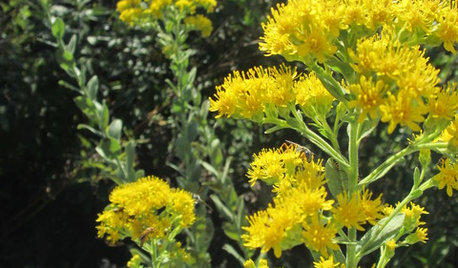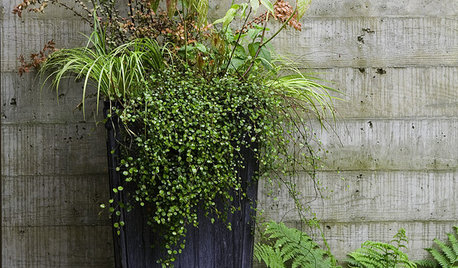Newbie to tomato planting - need advice
kimcoco
16 years ago
Related Stories

EDIBLE GARDENSSummer Crops: How to Grow Tomatoes
Plant tomato seedlings in spring for one of the best tastes of summer, fresh from your backyard
Full Story
FARM YOUR YARDAdvice on Canyon Farming From L.A.'s Vegetable Whisperer
See how a screened garden house and raised beds help an edible garden in a Los Angeles canyon thrive
Full Story
HOUSEPLANTS8 Essentials for Healthy Indoor Plants
Houseplants add so much to our homes — and can thrive when grown in the right conditions. Keep these tips in mind
Full Story
EDIBLE GARDENSGarden BFFs? Why Your Vegetables Are Begging for Companion Plants
Foster friendships among plants for protection from pests, pollination support and color camaraderie
Full Story
FARM YOUR YARDHow to Build a Raised Bed for Your Veggies and Plants
Whether you’re farming your parking strip or beautifying your backyard, a planting box you make yourself can come in mighty handy
Full Story
FALL GARDENINGGreat Design Plant: Oligoneuron Rigidum Brightens Fall Gardens
Create a pollinator feeding ground with this cheery, fuss-free goldenrod, formerly known as Solidago rigida, native to much of the U.S.
Full Story
GARDENING GUIDESGreat Garden Combo: 3 Wonderful Plants for a Deer-Resistant Screen
Protect your privacy and keep deer at bay with a planting trio that turns a problem garden area into a highlight
Full Story
FALL GARDENINGWhy Fall Is the Best Time for Planting
Spring is overrated for planting. Starting plants in autumn has advantages for both garden and gardener
Full Story
GARDENING GUIDESThe Secret Formula for Grouping Plants in a Pot
Designing a gorgeous container garden is easy once you know this simple rule of thumb for composition
Full Story
DECORATING GUIDESThe Hottest Houzz Discussion Topics of 2012
Discussions rocked and rolled this year with advice, support, budding friendships — and oh, yes, a political opinion or two
Full StoryMore Discussions






kimcocoOriginal Author
vtgreenthumb
Related Professionals
Redondo Beach Landscape Architects & Landscape Designers · Finneytown Landscape Architects & Landscape Designers · Brookfield Landscape Contractors · Milford Landscape Contractors · Vineyard Landscape Contractors · Baileys Crossroads Landscape Contractors · Coatesville General Contractors · Elgin General Contractors · Goldenrod General Contractors · Newburgh General Contractors · Union Hill-Novelty Hill General Contractors · Warrenville General Contractors · Norwood Stone, Pavers & Concrete · Cary Decks, Patios & Outdoor Enclosures · Justice Decks, Patios & Outdoor EnclosureskimcocoOriginal Author
bill-inpnw
digdirt2
oldroser
korney19
windclimber
oldroser
wyndell
gobig_or_gohome_toms
korney19
digdirt2
HoosierCheroKee
korney19
digdirt2
oldroser
korney19
digdirt2
korney19
digdirt2